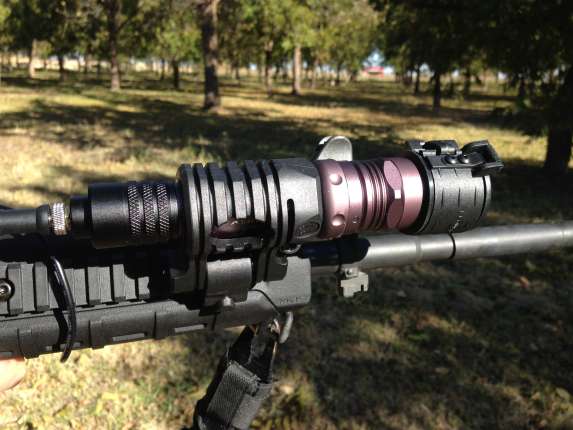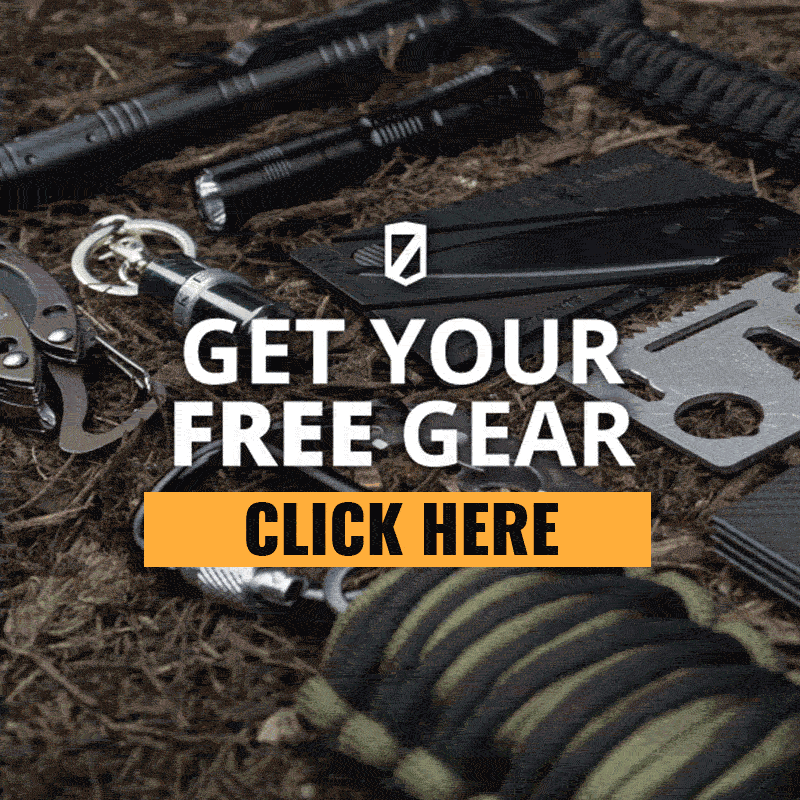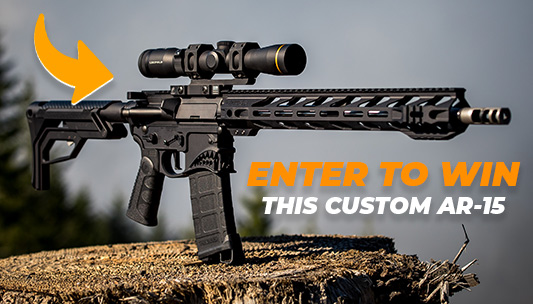Accessories & Gear
Choosing Your EDC Light
Published
2 years agoon
By
Eve Flanigan
It’s no surprise, most crime happens after dark. As a responsible gun carrier, you have a legal and moral responsibility to correctly identify any target. At night, that may require a light. Most handheld lights found in places like department store sporting goods sections aren’t adequate for self-defense situations, for a few reasons. Today’s tactical light market offers a massive array of lights at various price points, with (or without) a boatload of features. Here are some guidelines for choosing the ideal lights for your pocket, your ride, the bedside, the safe room, or inside the door of your home.
Make it bright enough—but not too bright

Some flashlights are too bright for indoor use
If the light’s packaging or online description doesn’t include a lumen rating, it’s not going to be bright enough. For use indoors in most homes, which have mostly light-color walls and some mirrors, 75-150 lumens is sufficient to identify a threat without overwhelming your eyes with reflected light.
Lights with higher lumen ratings can be very useful for outdoor use in rural environments, hunting, warehouses, and most urban areas without a lot of light-colored walls or other lighting. 300-750 lumens is a common range of brightness for these applications, though even brighter ones have become available recently.
Some handheld lights, like my Streamlight ProTac, have more than one brightness setting, making it suitable for indoor and outdoor use. More on multi-function lights later—they’re not a panacea.
Choose a power source
Batteries for quality tactical flashlights come in two main categories. One is the typical AA or AAA type that’s easy to replace with a trip to most local stores. The other is the pricier, more powerful CR-123A lithium battery.
People who love superior light output and pure bright light are more likely to be pleased with the CR-123A. Those who are painfully sensitive to bright light, or who plan on using the light in close quarters, may prefer the slightly less intense output of the traditional batteries. Lights with variable brightness often offer the best features of both, regardless of battery type.
A potential disadvantage to the CR-123A battery is that they give no warning of getting weaker—they simply “die,” leaving you with no light at all. Unless you’re in the habit of carrying extras, that can be a real problem.
Ease of use

A flashlight can double as a striking tool
There’s a light size and shape for every hand and every use. I prefer a skinny light that allows me to focus on securely gripping my pistol or whatever else is in hand. For daily use, nothing beats the convenience of my LA Police Gear Operator EDC light. It has two brightness settings, and came with a lanyard so it hangs handy by the door. It’s ideally suited for lanyard-involved shooting techniques too.
The LA Police Gear light is my go-to for everyday use. It’s also economical on batteries. Being really small, it’s a bit hard to keep track of during reloads or malfunction clearances—but those are very rare occasions!
Many tactical lights feature a bezel on one or both ends, so the light can double as a kuboton-style striking tool. What a great force multiplier, one I dare say is less likely to be nabbed and turned on its owner as the Mag lights of the previous generation.
Required features

A tailcap pressure switch is essential in the author's opinion
Regardless of the light I choose, one feature to prioritize in a light you may use in a self-defense situation is a pressure switch. These switches allow the user to turn the light on only for the duration of pressure applied to the thumb switch. So there’s another non-negotiable item in my book, a switch located on the tail, not on the side, of the light.
A pressure switch gives you the option of momentarily, silent illumination. It has the option of clicking the light on, as with a non-tactical light, so it stays on while your hands do other things. This is an essential safety feature for a tactical light. If you drop the light during a deadly force encounter, it’ll instantly go off rather than illuminate you or a partner.
Switches located on the tail cap mean you never have to feel around for the switch, as may be necessary with a side-mounted switch. Different switch locations require different shooting techniques, but that can be a topic for a future article.
Optional features—more or less?

The LAPG Operator Mini EDC is my go to …
My training partner and I run a course for dim-light shooting, to which people often bring their new flashlights. Invariably, even on a light that has relatively few settings, i.e. high, low, and strobe, the owner finds themselves struggling to get it onto the desired setting at some point during the shooting exercises. Shooting takes a lot of concentration, and in my opinion, you don’t need a light that’s offering you 12 different colors, strobe frequencies, brightness, and on/off settings to complicate the operation.
Don’t get me wrong—the choice of dim or bright settings can be very useful. My lights work inside my home, where muted brightness helps to not blind me. Their brightest settings are very helpful outdoors when I find myself carrying hay to the horses late at night.
A single strobe feature can be distracting to a potential threat, buying you a precious second or two in a dangerous encounter. I have seen this happen to an intoxicated, aggressive person. Thing is, you have to remember to use the feature and fight or escape through its distraction yourself. Train accordingly. The Torq by First-Light USA offers an especially dazzling strobe, not to mention a unique grip.

This is the flashlight I employ on my shotgun (even though it's pictured here on my old AR)
Color filters can be a useful addition for reading, blood tracking, or treading through darkness without drawing attention to yourself. These special uses are often noted on the package. Some companies like Ledwave sell filter caps that can be applied for specific occasions. They also have a selection of mounts so your light can become an enhancement of your long gun—a feature I enjoy on my home defense 12 gauge.
Start your light collection
The people at LA Police Gear didn’t pay me to say this. From experience, I’ll vouch for the company’s selection of lights and prices. As with many things, the best light is the one that you find easiest to use, regardless of price or features. LAPG’s online catalog is a good place to explore as you begin or add to your illuminating resources.
Originally posted on September 26, 2016 @ 5:30 PM
You may like


Veterans Day Special: Top Military-Inspired Firearms for Civilians

Top Cold-Weather Concealed Carry Gear for Winter 2024

Ruger American Rifle Gen II: Affordable Precision Meets Performance

Tipped Bullets: Everything You Need to Know About Them!

Ammunition Vending Machines: The Controversial Rise Grocery Stores

Minnesota Gun Safety Laws: Balancing Rights and Public Safety



